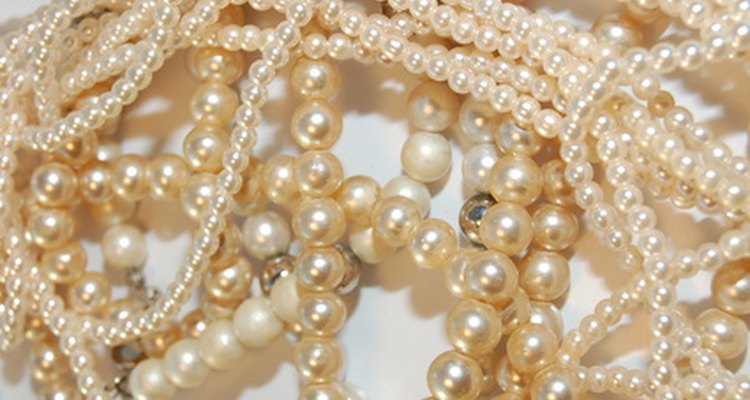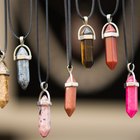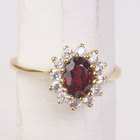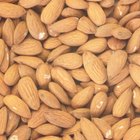
Pearls have been highly desirable decorative items for centuries and still command a high price today. Pearl production is often referred to as farming, cultivation or harvesting, as pearls are the only type of gemstone grown inside a living organism. Freshwater and saltwater pearls are farmed in many countries across the globe, with each region often producing distinctly different varieties.
China
China has now overtaken Japan in freshwater pearl production, making it the world’s leading freshwater pearl harvester. Both China and Japan specialize in the production of akoya pearls, with the Japanese variety often regarded as superior to the Chinese akoya. However, according to Pearl-Guide.com, China is now producing akoya pearls that rival those harvested in Japan.
Japan
The American Museum of Natural History website states that Japan has been the “historical center of pearl culture since the 1920s.” Despite having been overtaken by China, Japan is still a major pearl harvesting nation. Freshwater pearls are harvested in great quantities from the lakes surrounding Lake Biwa and Lake Kasumigaura near Tokyo. Japan is also recognized as the leading developer in pearl farming technologies and innovations.
South Seas
The nations of the South Seas are known for their pearl production. According to the All About Gemstones website, “South Sea Pearls are prized for their large size, high luster and colors ranging from white and cream, to silver, pink, lavender and gold.” Australia, Indonesia, Papua New Guinea, the Philippines and Myanmar, also known as Burma, are the main South Sea pearl harvesting countries.
India
India is a fairly recent pearl producing nation. However, as stated by the Primary Information Services website, it is “particularly famous for its pearl oyster resources which yield superb pearls.” India’s main oyster fisheries are located in the Gulf of Mannar and the Gulf of Kutch.
United States
The United States is a relative newcomer to pearl harvesting but, according to the Primary Information Services website, “The United States freshwater pearl industry is adding to the world’s natural pearl market.” Hawaiian pearls account for a large portion of the U.S. pearl harvest, alongside freshwater pearl farms in Tennessee.
French Polynesia
Pearl culturing has expanded rapidly in French Polynesia since the late 1960s. The American Museum of Natural History lists French Polynesia as a “major producer of cultured black pearls,” the majority of which are harvested from the atoll lagoons of the Gambier Archipelago.
Mexico
Mexico's attempts at large-scale pearl farming have been largely unsuccessful. However, so-called “New World black pearls” are today produced on a relatively small scale.
Related Articles

In What Parts of the World Are Valuable ...

The History of Biwa Pearls

What Is Ceylon Sapphire?

What Is the Range of the Cost of Pearls?

How Rare Is a Black Pearl?

List of the Types of Semi-Precious ...

How to Determine the Value of Pearls

The Value of Mikimoto Pearls

Types of Coral Jewelry

History of Pink Pearls

Physical Characteristics of the Ruby ...

What is the Value of Black Pearls?

Which Types of Gems Are Most Expensive?

Organic Vs. Conventional Olive Oil

How to Tell a Real Tiffany's Necklace ...

How to Tell if a Waltham Watch is ...

Types Of Almonds

How to Cook Shishamo Fish

Traditional Indian Wedding Gifts

Cubic Zirconia Vs. White Spinel
References
Writer Bio
Anthony Grahame has been a writer for more than 15 years. He began writing professionally online in 2008. He has a degree in English literature from the University of Sussex and is an experienced traveler and travel writer. His work has been published on a variety of well respected websites including "Living in Peru".
Photo Credits
Pearl Strands image by Rainstorm Designs from Fotolia.com